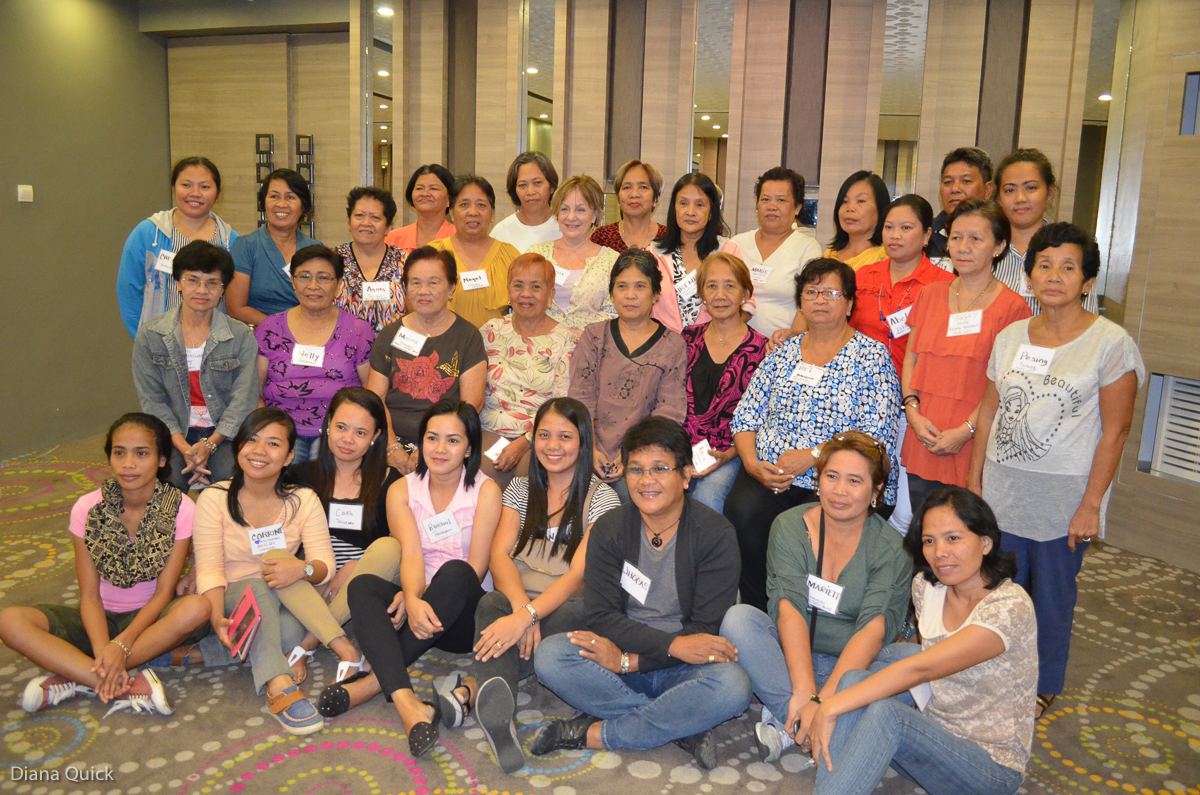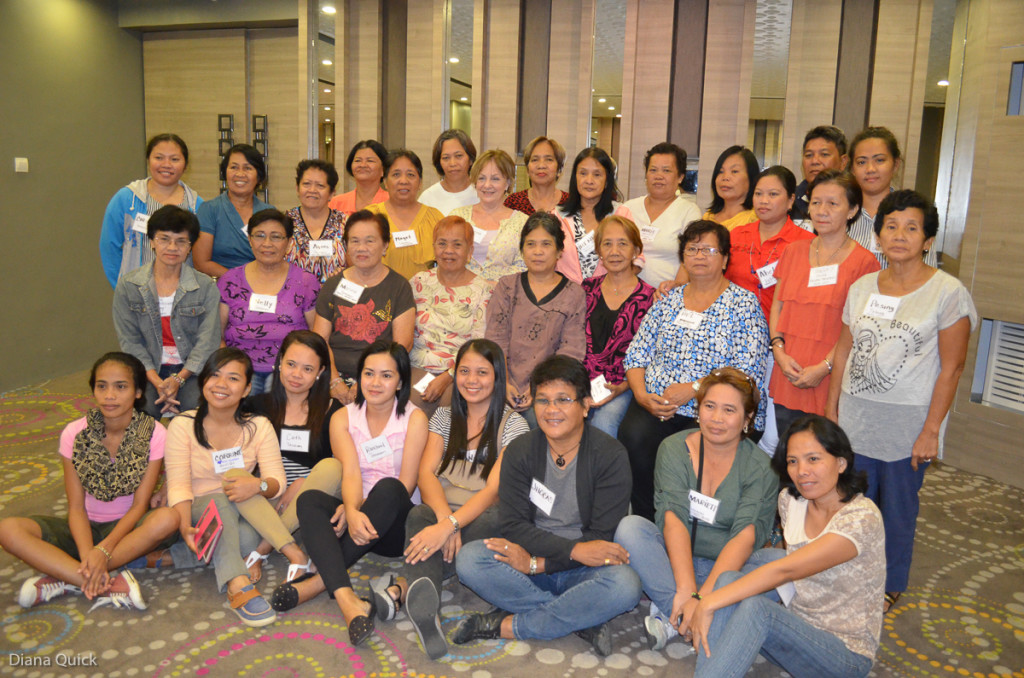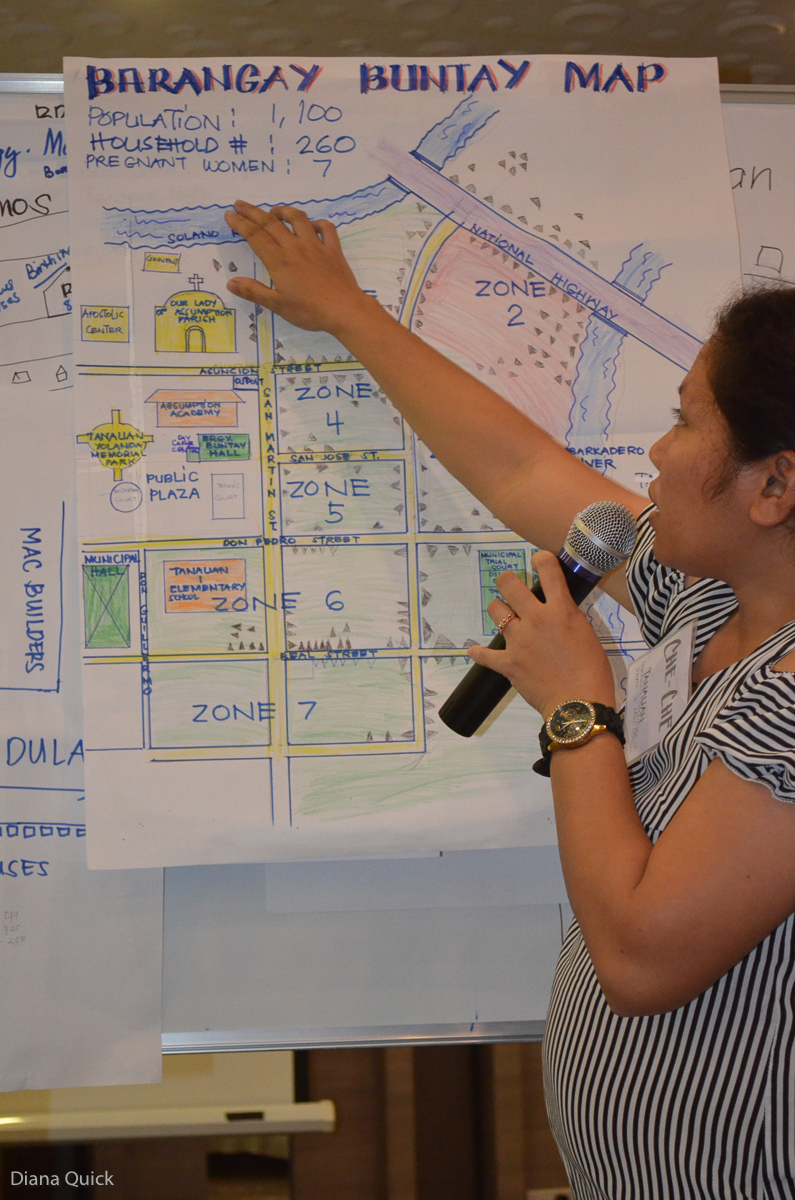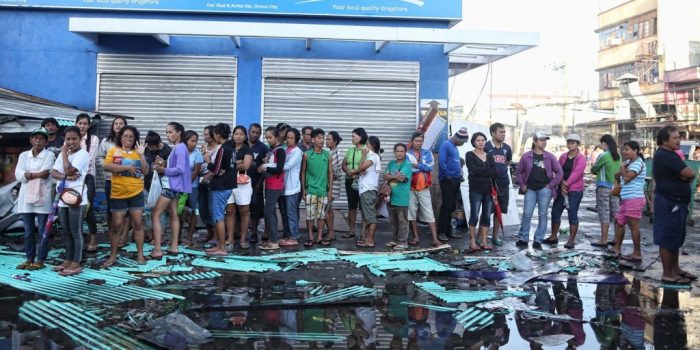Giving Birth When the Health Center Has Been Washed Away
What happens if you’re pregnant and start hemorrhaging, but the health care center has been destroyed? If the doctors and nurses have been killed or are missing? What if you have to give birth on the roadside or in a tent and you have no postnatal care in the critical hours and days after childbirth? […]

What happens if you’re pregnant and start hemorrhaging, but the health care center has been destroyed? If the doctors and nurses have been killed or are missing? What if you have to give birth on the roadside or in a tent and you have no postnatal care in the critical hours and days after childbirth?
When disaster strikes, whether it’s a humanitarian crisis or a natural disaster, some of those fleeing for their lives are pregnant and will give birth. In the aftermath of a disaster, the risk for sexual violence, including rape and sexual exploitation and abuse, also spikes.
In any population, even in peacetime, about 15 percent of all pregnancies result in life-threatening complications, such as severe bleeding, infections or dangerously high blood pressure. In many cases, these complications can be routinely addressed and resolved by health care providers. But when the medical system has collapsed, options are limited.
On November 18, 2013, Typhoon Haiyan slammed into the Philippines. One of the strongest typhoons ever to make landfall, thestorm caused an estimated 6,300 deaths, displaced more than 4.1 million people and destroyed more than one million homes. According to UNFPA, more than 230,000 pregnant women were affected by the typhoon. Ten days after the disaster, the agency reported that nearly 900 women were giving birth each day, with around 130 likely to experience potentially life-threatening complications.
Tacloban, the provincial capital of Eastern Visayas, was hit by a 20-foot storm surge during Typhoon Yolanda. More than 2,500 people were killed and most buildings, including health care facilities, were destroyed or damaged.
The Philippines, prone to typhoons, earthquakes and volcanos, is well versed in disaster risk reduction and has integrated reproductive health into Disaster Risk Management policies at the national and sub-national levels. However, there are gaps in knowledge and planning at the community level on how to mitigate the unique risks of women and girls in emergencies.
To address this, the New York-based NGO Women’s Refugee Commission conducted a three-day training, with support from the Center for Disaster Philanthropy and in partnership with the New York-based Huairou Commission, of trainers in Tacloban on how to incorporate reproductive health and gender into emergency preparedness.
A Primer in Reproductive Health and Gender Protection
Thirty members of DAMPA, a grassroots, women-led people’s federation of 230 urban and rural poor community groups, participated in the training. Representing eight barangays (municipal districts) from the nearby towns of Tanuan, Tolosa and Lawaan, the 27 women and three men included students, store keepers, health workers, barangay officials, a manicurist, a seamstress and retirees. They ranged in age from 18 to 60-plus. All were community leaders, and all came keen to learn. Most arrived with little or no expertise in reproductive health or gender-based violence issues as they relate to emergency preparedness.

Using a curriculum developed by the Women’s Refugee Commission (available in English and Filipino), the course teaches community-based disaster risk reduction; reproductive health priorities in emergencies; safe motherhood; sexually transmitted infections; family planning; and gender-based violence.

Working in teams, participants brainstormed on household preparedness; drew community maps to illustrate the existing capacities and gaps in their barangays, as they relate to reproductive health services and gender protection; and developed action plans with activities they will undertake to overcome identified gaps.
The action plans included steps such as undertaking community-wide awareness campaigns and trainings to educate pregnant women and girls and their families and ensure they always have a birth delivery plan and a back-up plan; ensuring persons with disabilities and other vulnerable households are included in community plans; and making and stock-piling clean delivery and hygiene kits.
A final component of the training was a mini communications course, teaching participants to tell success stories using photographs (teams received cameras) and words.
What’s Next?
After three days — and concrete evidence that everyone’s knowledge of reproductive health and gender had increased (based on a pre-test and post-test ) — participants returned to their barangays. The goal is that they will share their new expertise and train a further 1,000 people in their communities.
The Women’s Refugee Commission and DAMPA facilitators will work with participants to revise and implement their action plans, and to tell success stories using photographs and narrative.
Thanks to this training and the commitment of the participants, when the next natural disaster hits, at least in this corner of the country, Filipinos will be better equipped to take care of the needs of women and girls, including those who are pregnant.
More like this

